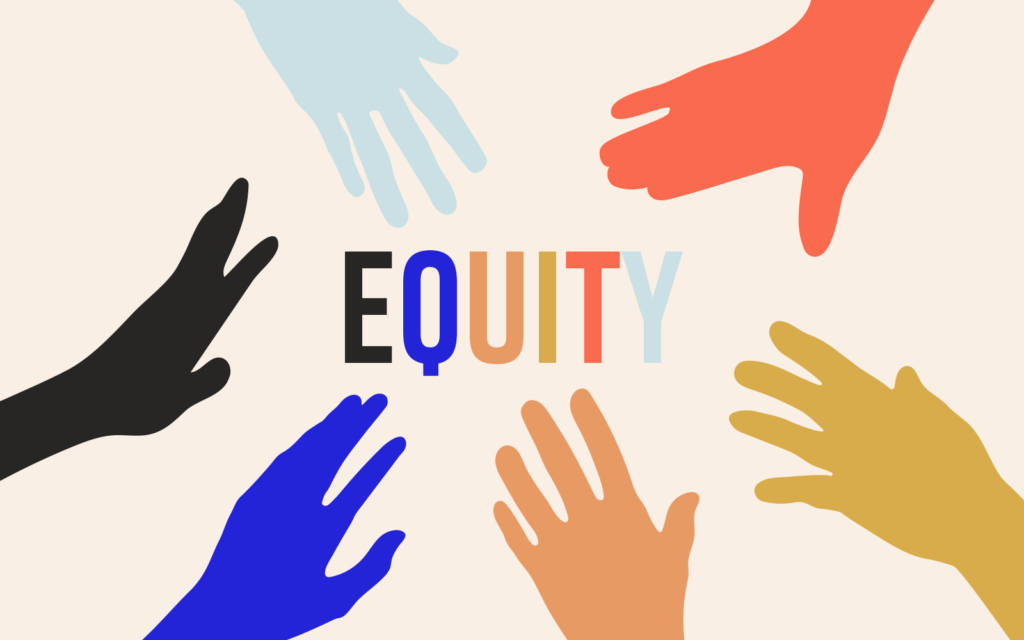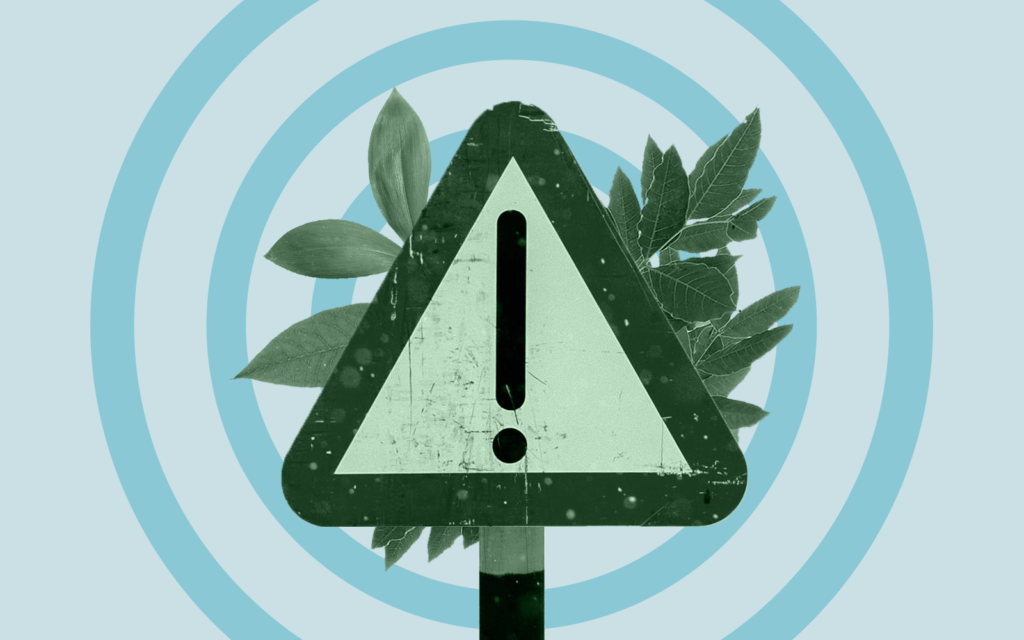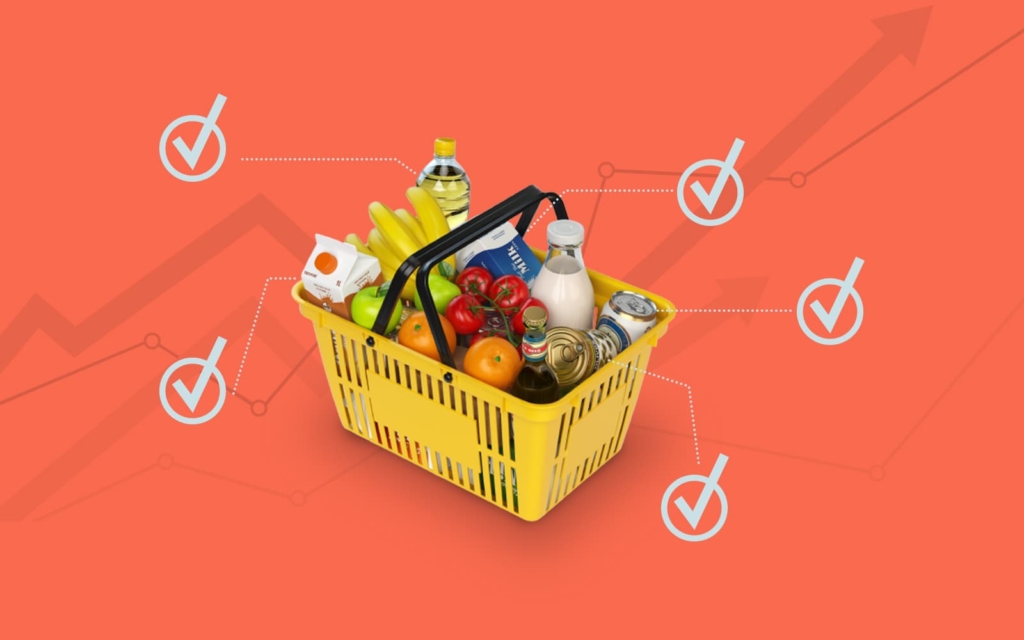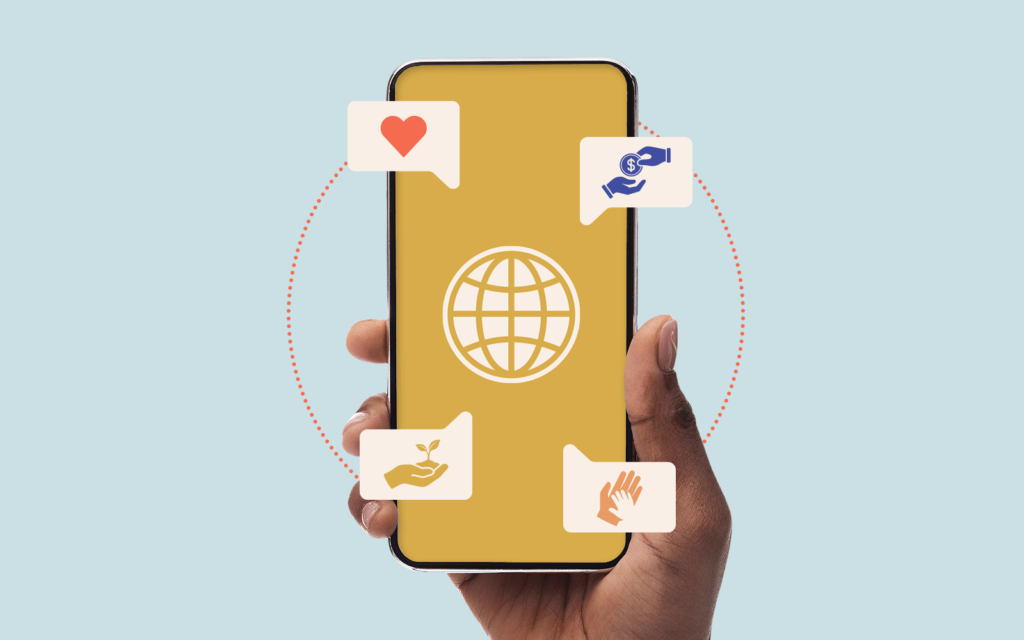
Your Consumer Is Key to Your Next Brand Refresh. Are You Listening?
August 25, 2022
Stalled growth, an evolving category, or an outdated package design might have you considering a brand refresh at your CPG. While each of these is a valid reason to reevaluate your brand and its position, the emotional impact your brand has on consumers should be at the forefront of any brand considerations.
After all, the strength of your market position is only as good as your bond with your consumer.
But building a strong relationship with your consumer depends on more than simply collecting additional demographic information. You need to dig deeper to increase your understanding of their motivations, needs, and perceptions. Today’s consumers are evolving. Your brand needs to evolve with them.
Choices are multiplying, making it easier for their preferences to shift. But the number of potential touch points consumers can have with your brand is increasing, too. That’s why it’s critical to connect in skilled and meaningful ways — ways that show you really know them.
And it starts with consumer listening.
1. Structure Your Brand Refresh With Your Customer’s Evolving Needs in Mind
Your brand identity can be crafted in a number of ways. It all depends on the aspects and attributes you want to amplify. The key is choosing a thoughtful position based on what’s happening in the world of your consumer — not what you think about your product — because how you see your product may not be how the market accepts it.
Consider YouTube. When the platform first launched, YouTube was a video-dating website. But it didn’t work. Users didn’t want to upload videos of themselves talking about their perfect mate. They did, however, have an appetite for uploading videos with their own content. So YouTube’s founders pivoted and leaned into how their customers used the site. That pivot resulted in the YouTube we know today, with 2 billion people using the platform each month.
For legacy brands that started strong, a pivot may come later. We see that in the success of Velveeta’s brand refresh and the “La Dolce Velveeta” campaign. The 100-year-old brand made processed cheese sexy, delectable and desirable.
How? They listened to their consumers.
Consumers didn’t want healthier, regular cheese. Regular cheese doesn’t melt the way Velveeta does. Knowing this, Velveeta didn’t reformulate their product. Instead, they leaned into the cult following that loves the drip and melty gooey-ness of their product to usher in a new generation of brand loyalists.
Velveeta utilized emotionally connective ways of gathering insights to guide their campaign. They masterfully listened to their consumer, identified what they loved, and translated that into their differentiator for a modern, provocative approach.
To understand who was eating Velveeta, why they loved it, and how to attract a new generation of consumers, the brand had to go beyond the data.
2. Don’t Rely on Big Data Alone When Refreshing Your Brand
As a CPG Brand Director, you likely spend a good amount of time looking at data — the average age of your consumer, median income, buying frequencies, etc. Yes, knowing and understanding these numbers is important to the overall success of your brand. But data alone won’t help you make an emotional connection with your consumer.
The goal is to make the consumer in your marketing scenarios a whole human being, not just a bunch of numbers. So, rather than just looking at what they’re doing, you can also answer why they are doing it.
In other words, you need to balance the quantitative findings of Big Data with a more qualitative story.
Emerging technology platforms have made it easier to build on your quantitative data with qualitative discoveries. Social listening tools scan blogs, publications and social media channels to identify what people are actually saying about your product or your competitor’s products. Artificial intelligence (AI) and machine learning help make connections to a consumer’s emotions by providing multidimensional psychographic insights that provide a deeper look into personality and psychological attributes (think interests, wants, and needs).
When coupled with the numbers, these insights put a face to the data and answer questions like “Why does the consumer feel that way?” and “What is motivating the consumer’s behavior?”
The answers to these questions can be a key differentiator for your product and help steer your brand refresh in the direction that will best meet your current audience’s needs while also appealing to new consumers.
3. Let Consumer Needs Drive Your Differentiator
In the branding world, we talk about being different in order to stand out. But in reality, sometimes the best thing to do with your brand refresh is the same thing you’ve always done — only better.
If your brand refresh is too vastly different from your already established brand identity, consumers may not recognize you. This can lead to confusion, especially if your new position doesn’t match what consumers are looking for. Your current consumers may shift to another brand — one that is more aligned with their needs — and it may be more difficult to attract new audiences. Then you’re left with nobody buying your products.
But on the other hand, when the category and consumer shift, resting on your laurels won’t work either. The key is finding the sweet spot between being different and being better. This is where the market will understand who and what you are.
Consumer Listening in Action: Ian’s Foods
For example, when Ian’s Foods first launched in the early 2000’s, they positioned themselves as a gluten-free brand. At the time, that was certainly one of their most compelling differentiators so it’s where they focused their positioning. As a result, they cultivated a sizable and loyal customer base.
Ian’s Foods also happened to be a “free from” brand (free from most common allergens). But at the point when Ian’s entered the market, “free from” wasn’t a recognizable category. Consumers weren’t asking for it, so even though the “free from” claims were true of the brand, Ian’s only focused on the “gluten-free” aspect that the market was demanding.
But as both the consumer and the category shifted — the market began demanding more “free from” options (not just gluten-free, but also nut-free, dairy-free, etc.) and more competition entered the market — Ian’s Foods needed to shift the narrative.
Ian’s had an opportunity to think outside their gluten-free box and appeal to a wider audience. It was time for them to pivot. They really were more than just gluten-free and the consumer was poised for that message.
By keeping a pulse on both the category and their consumer, Ian’s was able to reposition with a new brand identity, packaging, and website that met the needs of an expanding consumer market without alienating their current clientele.
They didn’t do anything different with their product. Instead they told (and sold) the full story of what made their products unique — why they were better.
4. Make Time for Consumer Listening
While there are no hard and fast rules for how often you should refresh your brand positioning, you should always be keeping a pulse on your category, your competition, and your consumer.
Based on your brand and the structure of your team, a more formal audit might happen quarterly or it might happen twice a year. Determine a regular cadence, but also watch for triggers. Changes in consumer behavior or new competitors in the category are good indicators that it’s time to take a closer look at your brand. Regardless of the cadence you determine, it’s important to give yourself and your team ample time and resources so that the process receives the attention it deserves.
In fact, as a CPG Brand Director, time and space for these kinds of activities should be built into your role. That requires giving yourself (or members of your team) the ability to step out of the day-to-day grind of running your brand and into a space where you can innovate, think creatively, and strategize.
Create a framework for weaving consumer listening into the fabric of your brand and operational culture of your business. The intentional execution of surveys, focus groups, social listening activities, etc., and the time spent reviewing the outputs will help you better understand what’s next for your brand.
5. Listen to Your Consumers. They’ll Help You Craft Your Brand Story
Your brand refresh should be all about getting consumers to look at your products in a new way — and to feel an emotional connection. But for your consumers to have that emotional connection to your brand, your brand story needs to be relevant and needs to resonate.
Your brand story can focus on many different aspects. But it can’t (and shouldn’t) focus on everything. You just can’t say all the things that your product or brand does at the same volume, with the same intensity, and expect any of them to resonate with your customers.
Instead, let your consumers help ground your brand story in what matters most to them.
When consumer listening is used effectively — when it’s part of your operational DNA, when it personalizes Big Data, and when the results guide brand positioning efforts — you’ll start to see impact through sales lift, increased consumer buzz, and ongoing customer loyalty. And those are worthwhile results.











